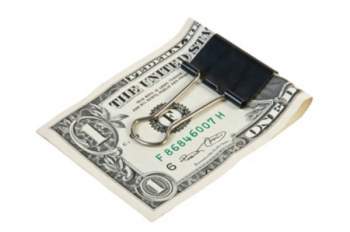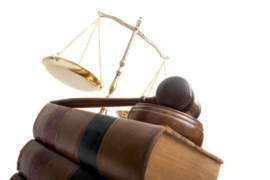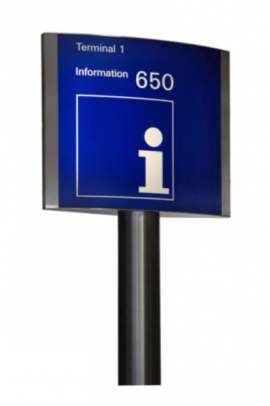
Quick Look into Chapter 13 Purpose and Usage

As is the norm with bankruptcy cases, Chapter 13 bankruptcy rules dictate that debtors are protected from creditors through the doctrine of automatic stay. Thus, for the three years or however long the repayment process takes, Chapter 13 bankruptcy is a protection from debt collection that, by virtue of their insolvency, petitioners cannot afford.
Something unique to Chapter 13 bankruptcy rules, though, is the protection also afforded from creditors to co-debtors, defined as those individuals who help loan applicants by co-signing on the application itself. In all, Chapter 13 law is set up for as minimum an amount of contact between debtors and creditors as possible, as a court-appointed Chapter 13 trustee is enlisted to disperse monies to lenders after confirmation of a plan.
Of course, for the sake of applicants, while contact between them and creditors is generally discouraged, there are points in every case when this will not be possible. After the filing of the petition (Chapter 13 bankruptcy rules specify that this occurs between 21 and 50 days after the initial bid), the impartial Chapter 13 trustee will preside over a meeting of the creditors.
Most definitely, debtors are required to attend this meeting and will expected to field questions about their debt adjustment plan from both creditors and the Chapter 13 trustee too. To minimize potential applications at this stage, debtors are encouraged to meet with the Chapter 13 trustee prior to the meeting of creditors and cooperate fully with them.
Consequently, while Chapter 13 bankruptcy may be a source of relief for debtors, it by no means is a relief of responsibility altogether. Moreover, it certainly does not absolve them of their financial responsibilities. Upon confirmation of a plan, as in Chapter 12 hearings, the individual's disposable income will be used to offset secured, unsecured and priority claims from creditors. Chapter 13 bankruptcy rules state the debtor must make payments every two weeks which will be distributed by the Chapter 13 trustee to creditors according to said plan.



















